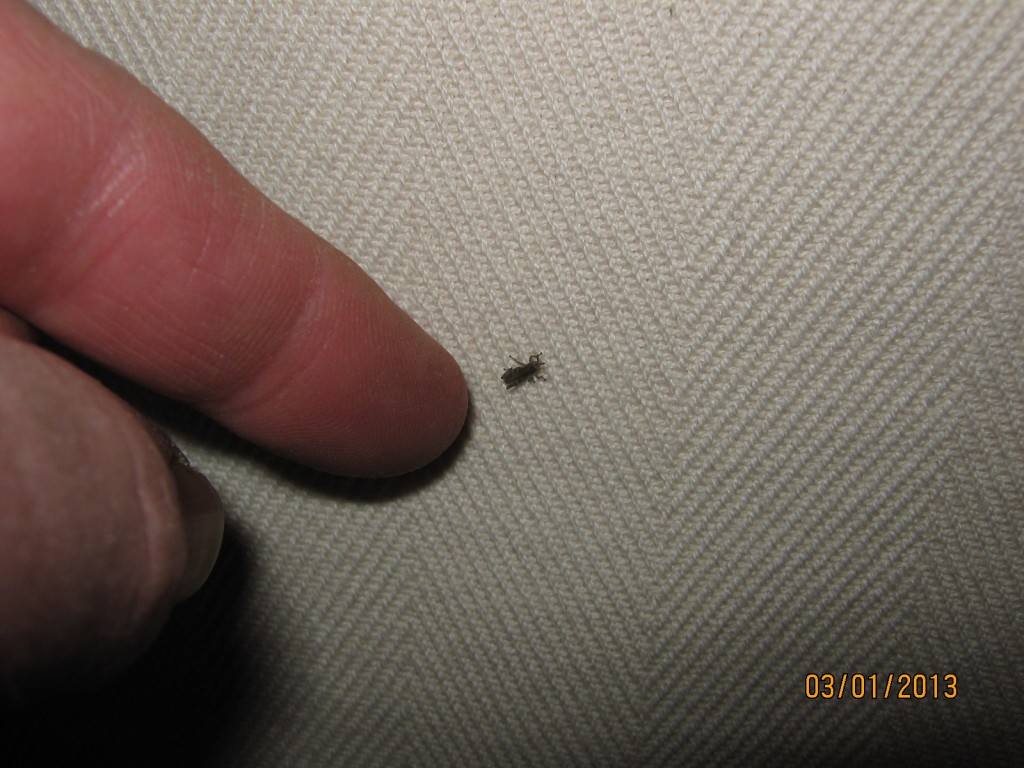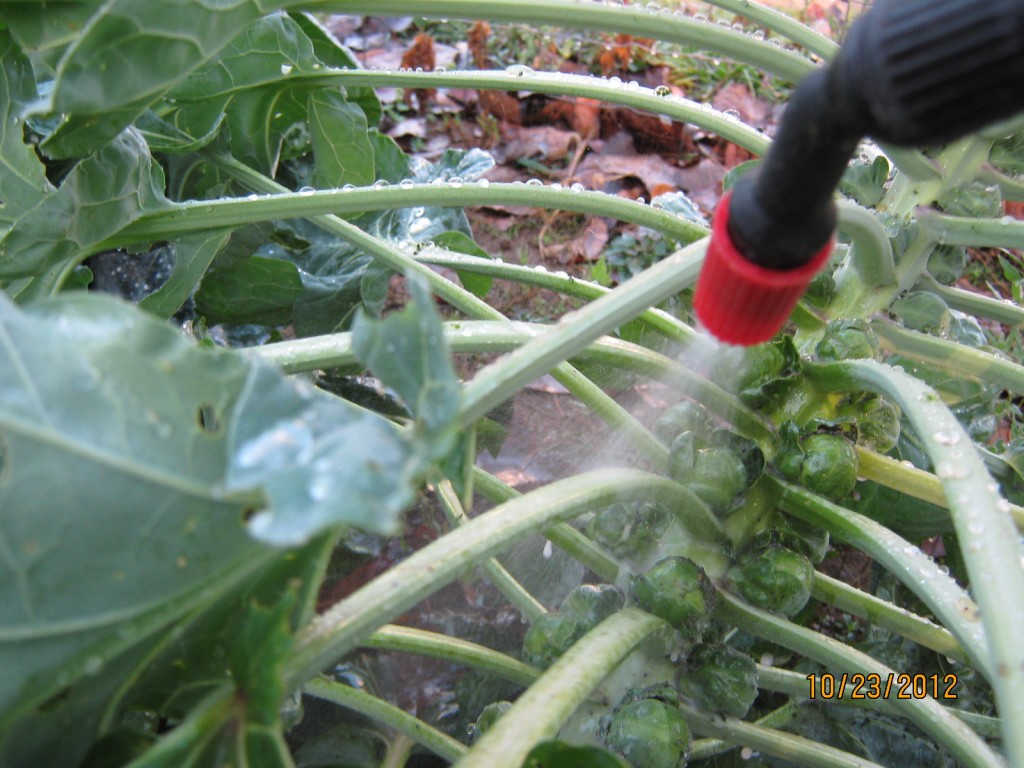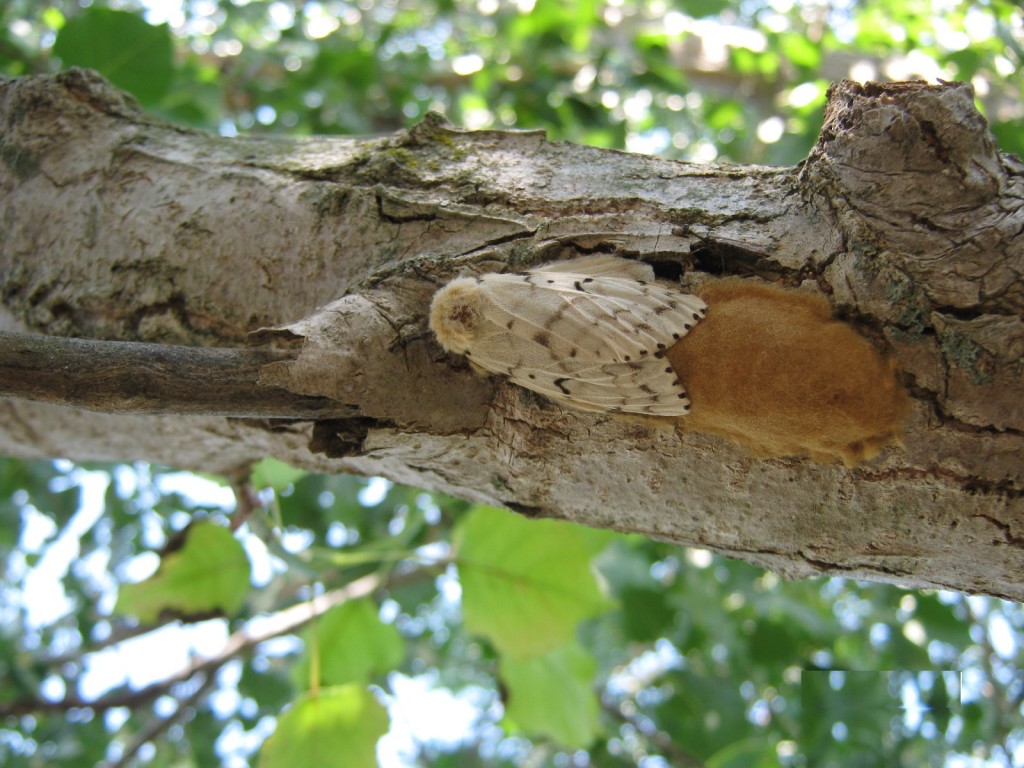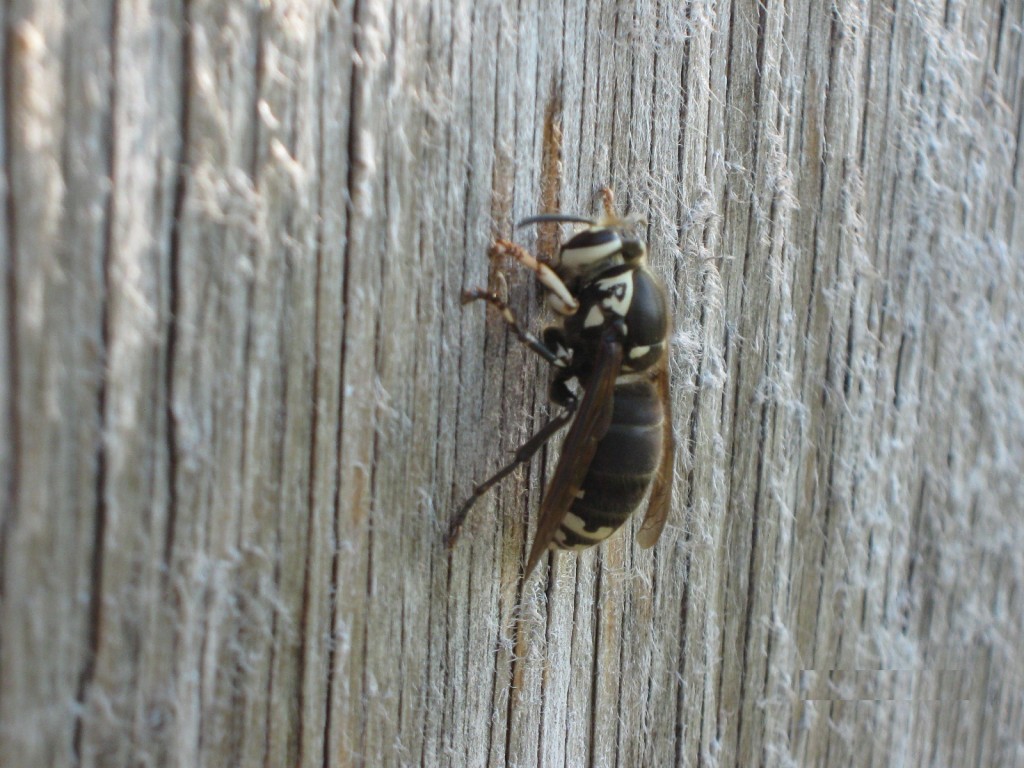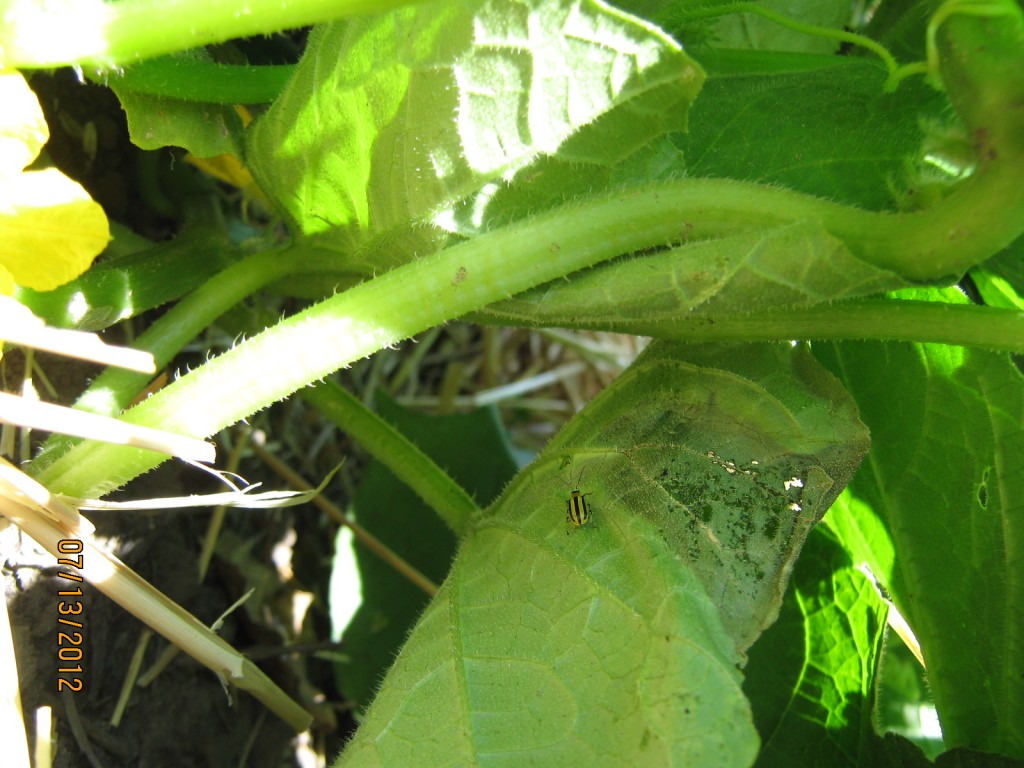Spring arrived early this year, at least that’s what some grasshoppers at our house thought.
Last fall we planted some small, glass terrariums using plants growing in pots outdoors. We used a variety of tender succulent plants which meant we had to bring them inside so they wouldn’t freeze.
This week we discovered a group of baby grasshoppers had hatched inside one of our small terrariums. It looks like there are about 30 of them.
You’ve probably heard the saying “cute as a bug”, well these little guys really are that cute! You rarely see them at this stage because they are the favorite food of a wide variety of predators. Just a small percentage ever make it to be full-sized adults.
Grasshoppers spend the winter underground in the egg stage of their life cycle. They hatch in the spring when the temperatures warm up — that is known as the nymph stage. The nymphs look like a miniature versions of adult grasshoppers except they don’t have wings. They’ll earn their wings later on in the season.
In our case, an adult grasshopper laid its eggs in the soil of a potted plant we had outdoors. The eggs spent the winter in our home inside the terrarium. There the eggs transformed into nymphs and hatched out.
They’re safe and sound behind the glass — for now. When the weather warms up, I plan to release them outside where they will have to fend for themselves.
Bob
